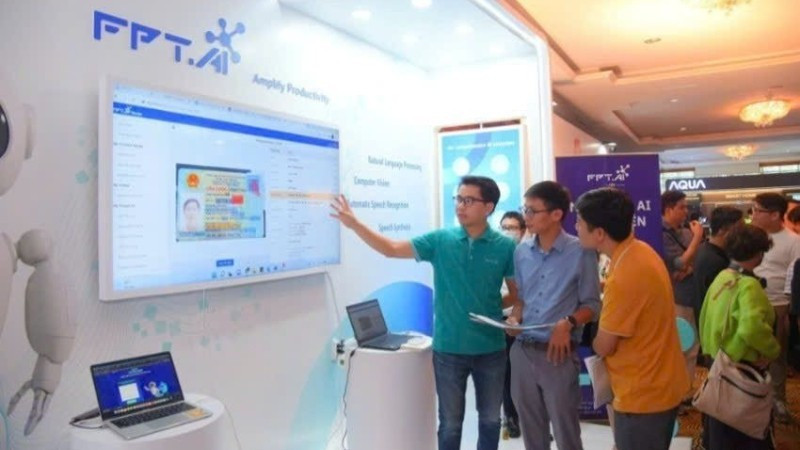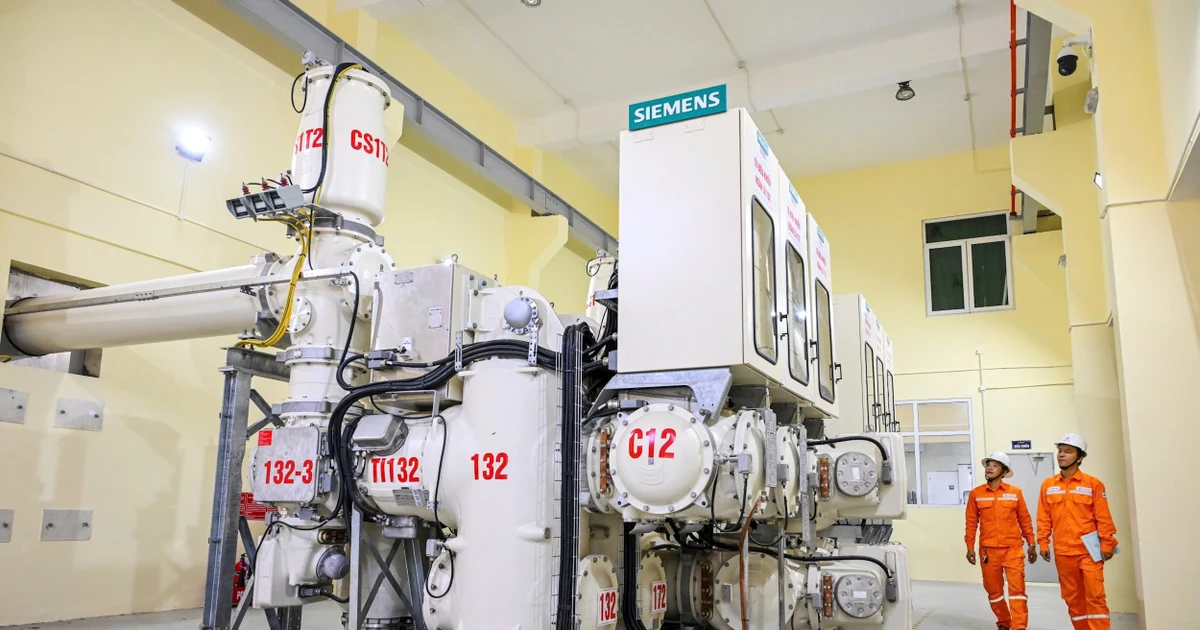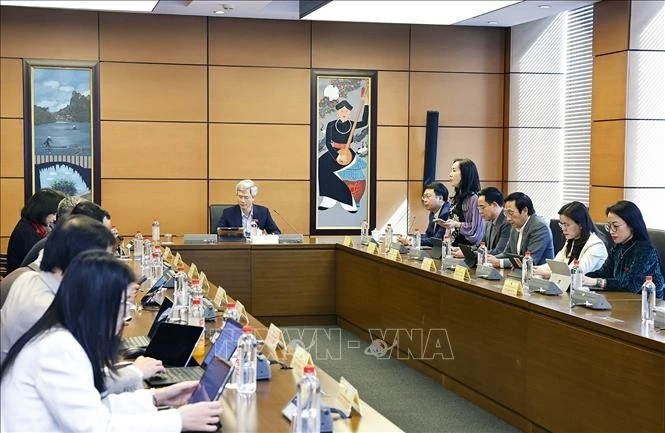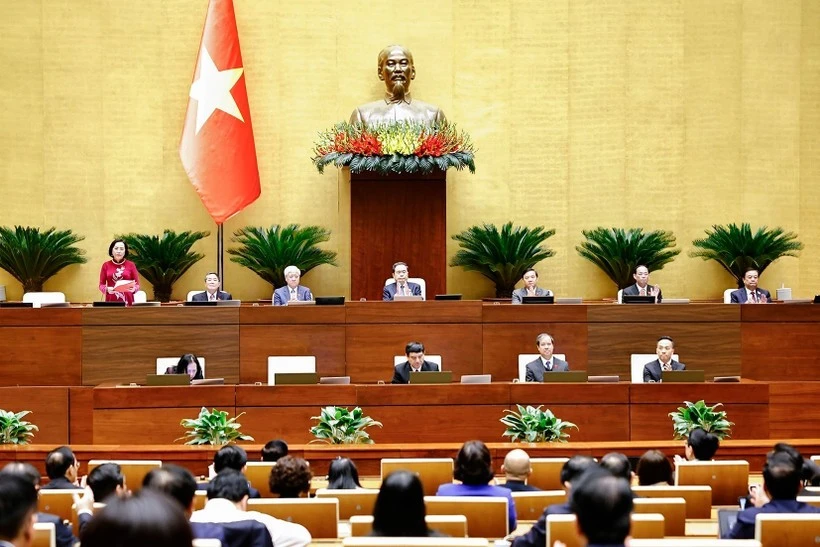Therefore, it is now essential to establish an appropriate legal framework that that ensures strict governance while also encouraging and promoting the development of AI, innovation, and creativity, in line with the spirit of the Politburo’s Resolution 57 on breakthroughs in science, technology, innovation, and national digital transformation.
According to Tran Van Khai, Deputy Chairman of the National Assembly’s Committee on Science, Technology and Environment, the timely drafting of the Law on Artificial Intelligence will help build a legal foundation that promotes the safe, responsible, and human-centred research, development, application, and governance of AI.
Dau Anh Tuan, Deputy Secretary-General and Head of the Legal Department of the Viet Nam Chamber of Commerce and Industry (VCCI), also noted that this would be the first law in Viet Nam to establish legal foundations for the entire AI ecosystem, from development and application to risk management and user protection.
The Draft Law on Artificial Intelligence focuses on several key policy areas and essential contents aligned with international standards, such as principles for the development and application of AI that are human-centred and ensure sustainability, transparency, and responsibility; the classification and management of AI systems based on risk levels to ensure safety, security, and ethical compliance; and controlled testing mechanisms (sandboxes) to create space for innovation and the development of new technologies.
The draft also sets out policies encouraging businesses to engage in the research, development, and application of Vietnamese-made AI products and solutions.
Experts contributing to the draft law emphasise that AI technologies are advancing at a rapid pace. To avoid a situation where legislation constantly chases after technological developments, the legal environment should be designed to support and promote AI through mechanisms that allow timely updates and adaptive regulation.
According to Dau Anh Tuan, for this law to be truly effective in practice and become a driver of development, the legal framework must ensure flexibility and adaptability. AI is a fast-changing field, and legal provisions must be accompanied by mechanisms for updating, testing, and effective policy feedback. Excessive rigidity, he warns, will stifle innovation.
At the same time, significant investment is required in data and computing infrastructure — essential “fuel” for AI — because without high-quality data and sufficient computing capacity, Viet Nam will remain dependent on external players.
Lawyer Le Xuan Loc, a specialist with more than 20 years of experience in intellectual property, stated that no country currently has a clear legal regime for AI. The prevailing global trend is to respect and facilitate AI development and to resolve conflicts through negotiation based on agreements between the parties using AI.
“Defining what constitutes copying in the current context is by no means simple. Therefore, the draft should only lay out general principles based on negotiation and agreement, as AI develops without borders,” he said.
Precisely because there is no perfect template for legal frameworks, Dau Anh Tuan suggests that Viet Nam should create a framework that is safe enough to enable innovation and transparent enough to manage risks. “Viet Nam needs to choose a path that suits its circumstances — swift but not reckless, encouraging creativity while not neglecting accountability,” he emphasised.
One issue in the draft that has drawn considerable attention from businesses is the determination of legal responsibility, from developers and providers to those deploying AI systems.
Tran Van Tri, Director of Viet Nam Law Communications Joint Stock Company, which is deploying an AI-powered legal assistance system, noted that determining responsibility for AI outputs is a significant concern for businesses in the absence of a clear legal framework. He suggested that the draft should more clearly define the boundaries of intellectual property rights among providers, developers, and deployers.
The draft law also sets out legal responsibilities for high-risk AI systems. While this is entirely appropriate, some business representatives argue that the draft needs to clarify insurance mechanisms and liability limits and define reasonable, enforceable risk criteria. In addition, administrative barriers for businesses, especially small enterprises and start-ups, should be minimised.
Requirements on conformity assessment, registration, and notification must be clear, transparent, and supported by a feasible roadmap that genuinely serves the needs of businesses.
















